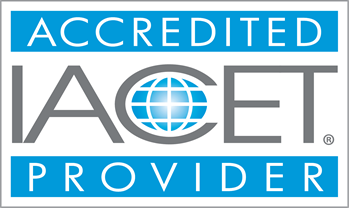Price: $69.99
USACE-NAVFAC-16-Hour-EM-385-1-1-Training
Are you working on any building projects for the Naval Facilities Engineering Command (NAVFAC) or the US Army Corps of Engineers (USACE)? With our extensive 16-hour USACE-NAVFAC EM 385-1-1 Training curriculum, you can feel confident that you can satisfy all the necessary safety requirements. This PDH-accredited training gives you the skills you need to understand safety rules and procedures on government construction projects.
Course Modules - (24)
Why Is EM 385-1-1 Training for USACE/NAVFAC Projects?
The safety and health requirements for all USACE and NAVFAC activities are set down in the USACE-NAVFAC EM 385-1-1 document. This training course guarantees that you comprehend and follow these important rules, allowing you to:
Follow Regulations
Become proficient in the guidelines provided in the EM 385-1-1 handbook, which addresses a variety of topics like hazardous chemicals, personal protective equipment (PPE), first aid, cleanliness, program management, and more.
Reduce Workplace Risks
Acquire the skills necessary to recognize and manage possible safety hazards that are frequently present on government construction projects. This covers exposure to dangerous materials, electrical risks, falling items, and cramped quarters.
Control Safety Procedures
Acquire the knowledge and abilities necessary to enforce safety regulations on the job site. Topics including fire safety, accident prevention strategies, and temporary facilities management are covered in this course.
Acquire PDH Credits
Obtain important PDH credits upon class completion to uphold your professional credentials and show your dedication to safety.
Encourage Safety On USACE/NAVFAC
Encourage a culture of safety on USACE and NAVFAC projects to help reduce the chance of mishaps and injuries, which will help to create a safer work environment. Comprehending safety rules and procedures clearly helps to ensure smooth project operations.
Cut Project Costs
Injuries and safety infractions can cause expensive delays. By reducing these risks, this training encourages projects to be completed on schedule and under budget.
Learning Outcomes:
- Understand safety protocols in the workplace.
- Recognize potential hazards and mitigate risks.
Completion Requirements:
- 100% appearance for the course
- Fully involvement in all class trainings (determined by instructor)
- Completion of Continuing Education and Training Registration Form
- Completion of mandatory quiz assessments
- As applicable, attainment of least passing score on required end-of-course examination
- Participation and submittal of end-of-course assessment form (must provide name on form to obtain credit)


